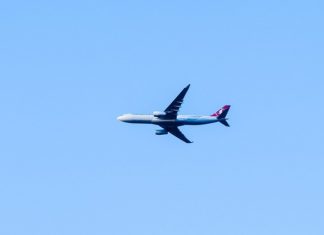Hey there, traveler! If you’ve been flying nonstop, here’s some news for you: you might be polluting the environment more than you think.
But worry not as there are many options for sustainable and eco-friendly air travel.
Read on and find out how you can become an environmentally conscious traveler, ways on how to reduce your carbon footprint, and how airlines move toward being eco-friendly!
- Eco-Friendly Air Travel: A Sustainable Way To Travel
- What Makes Airlines Eco-Friendly?
- How Can Airlines Be More Eco-Friendly?
- What Are Sustainable Aviation Fuels?
- Is There A Future For Electric Planes?
- What Can Travelers Do To Be Eco-Friendly?
- What Is Carbon-Offsetting?
- What Are The Most Eco-Friendly Airlines?
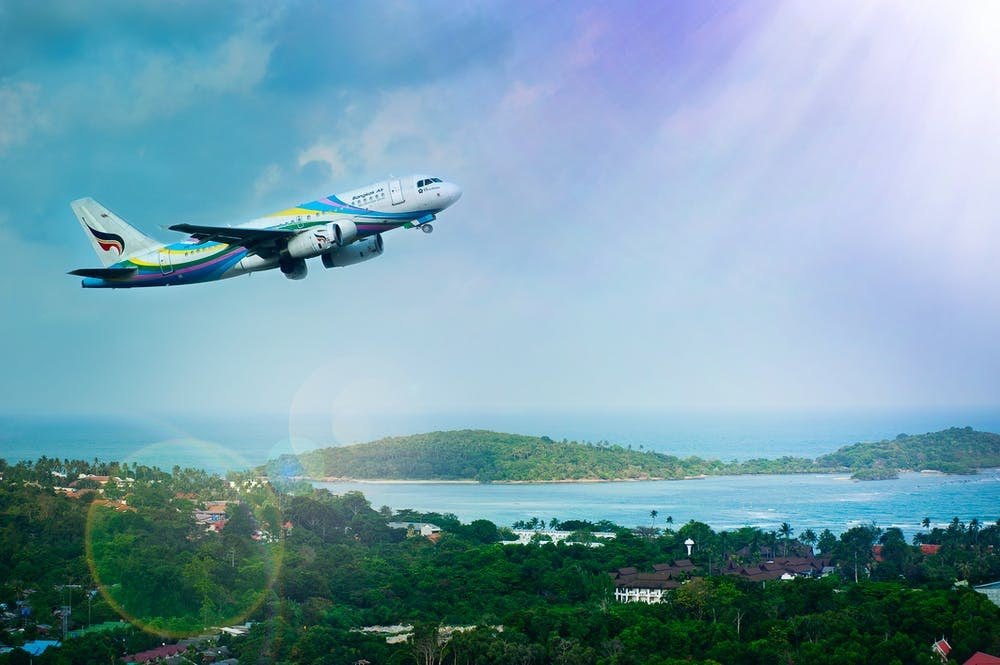
Eco-Friendly Air Travel: A Sustainable Way To Travel
There is no doubt that traveling via plane is one of the most convenient and fastest ways to get to a destination. However, flying contributes to the alarming global carbon emissions, which lead to pollution and climate crisis.
Eco-friendly air travel, also known as green aviation or sustainable flying, is one of the biggest concepts in air travel that are gaining momentum and attention.
It is an effort put forth by airline companies and travelers to reduce the overall carbon footprint and damage to the environment put forth by flying.
Working Towards A Sustainable Industry
Eco-friendly air travel is made possible by improving aircraft efficiency, reducing noise pollution and greenhouse gases.
The aviation industry is constantly evolving to provide environmentally-conscious choices to its consumers.
What Makes Airlines Eco-Friendly?
If you’re wondering how the sustainability of airlines is measured and how you can measure your carbon footprint during your travels, this section will help you understand how.
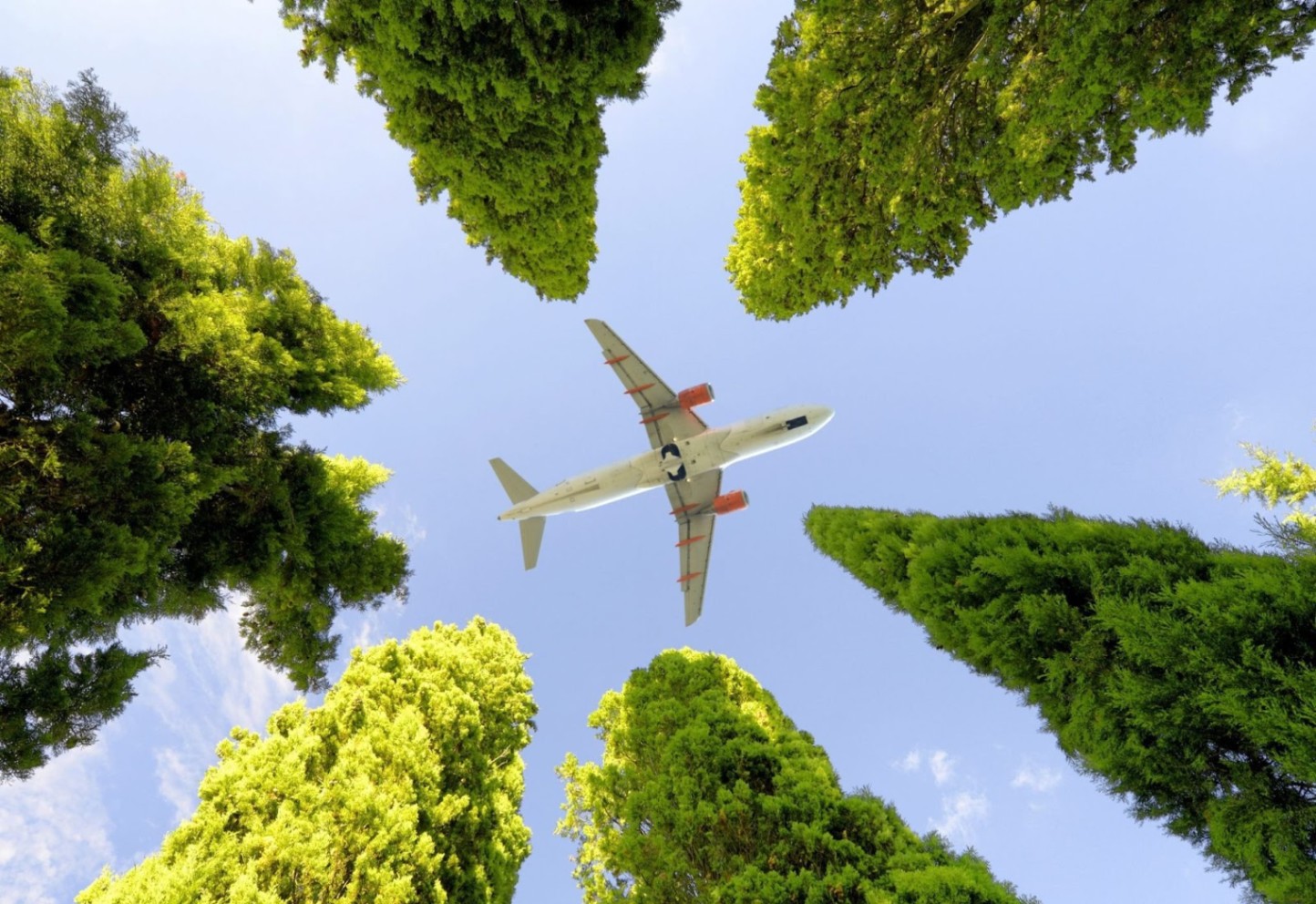
Some measures, such as the atmosfair Airline Index, provide numerical ratings and rank the carbon efficiency of the 200 largest airlines in the world. The “eco-friendliness” of airlines is determined by the carbon emissions per kilometer and per passenger.
The atmosfair rates are given to the airlines based on efficiency points. Airlines can receive a score as low as 0 and an efficiency rating as high as 100 points.
To calculate this, the type of aircraft is considered, the seat and freight capacity, number of passengers, and the kind of engines and winglets used.
Making Efficiency A Competition
The German non-profit organization atmosfair aims to contribute to carbon dioxide mitigation. To do this, they promote, develop, and finance renewable energies in over 15 countries around the globe.
The Airline Index is compiled with the help of data from the Civil Aviation Organization and the International Air Transport Association.
They also turn efficiency ratings into a competition between the biggest airline companies to encourage and promote eco-friendly flying and green travel.
How Can Airlines Be More Eco-Friendly?
Airlines can undertake many measures to reduce their carbon emissions and become more eco-friendly.
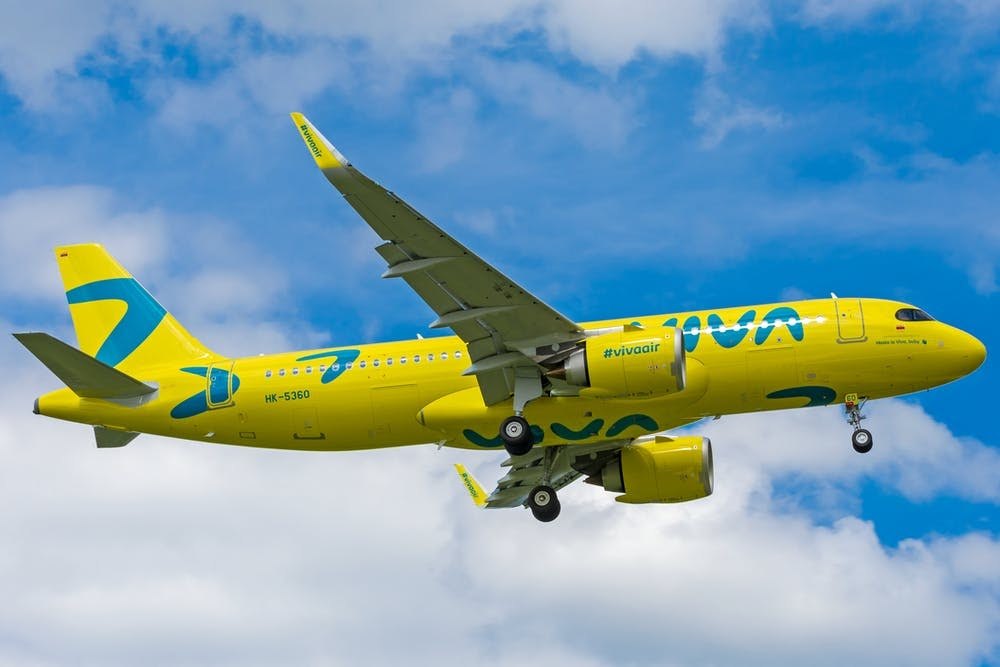
These can include upgrading their fleet to more environmentally-friendly and efficient aircraft, as older aircraft models use more kerosene. Newer aircraft also use winglets, which reduce drag and fuel consumption during a trip.
Companies can also opt to use more environmentally-friendly materials, not just for the aircraft. They can opt to distribute magazines from sustainable materials or completely remove them from the seats.
Beverage carts can be made lighter, and in-flight telephones can also be removed. Due to more and more environmentally-conscious consumers, the demand for sustainable in-flight meals caused airlines to expand vegan and vegetarian options.
More Choices, Less Footprint
Providing consumers more choices on how they travel allows passengers to make a conscious effort in becoming eco-friendly, too.
Low-cost, no-frills airlines lead the way by introducing unbundled fares. Not only will travelers save money, but they can lessen their carbon footprint as well.
Through this, passengers can control what they purchase and what to leave out, such as carry-on bags and in-flight meals.
What Are Sustainable Aviation Fuels?
Another way to achieve eco-friendly air travel is through the fuel type used by aircraft. Diversified fuel can be produced from algae, plants, cooking oil, and even municipal and household wastes.
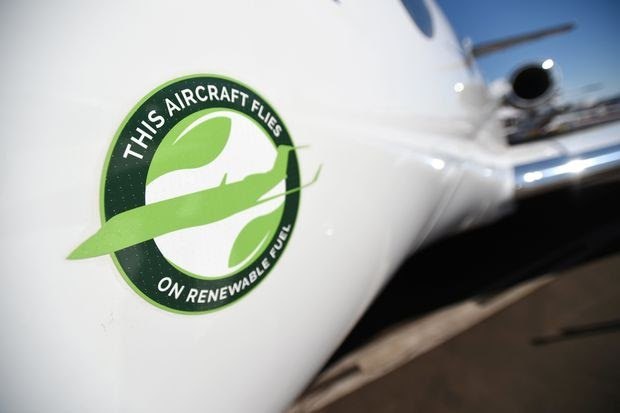
These alternatives are being explored to replace conventional jet fuel. Because diversified fuel shares the same qualities and characteristics as conventional jet fuel, a diversified fuel-powered aircraft is seen to be a more viable choice.
Some airlines have leaped to shift to these sustainable alternatives. In 2019, Etihad Airways powered Boeing 787 Dreamliner was powered using a mix of jet and biofuel made from Salicornia, a plant native to the Abu Dhabi desert.
More than 170,000 flights have used biofuel blends, such as Virgin Atlantic, Alaska Airlines, United Airlines, and Qantas Airways.
Benefits Of Sustainable Aviation Fuel
Sustainable aviation fuel, as previously mentioned, is made from vegetable oil, crops, household waste, and other materials that do not emit as much carbon to the environment as standard jet fuels.
This is cleaner and more eco-friendly because these materials have already absorbed greenhouses from the atmosphere. Overall emissions of carbon dioxide are reduced by around 80% with the use of sustainable aviation fuel.
Is There A Future For Electric Planes?
It won’t be surprising to see the proliferation of electric planes for commercial flights as they are cleaner, quieter, and cheaper.
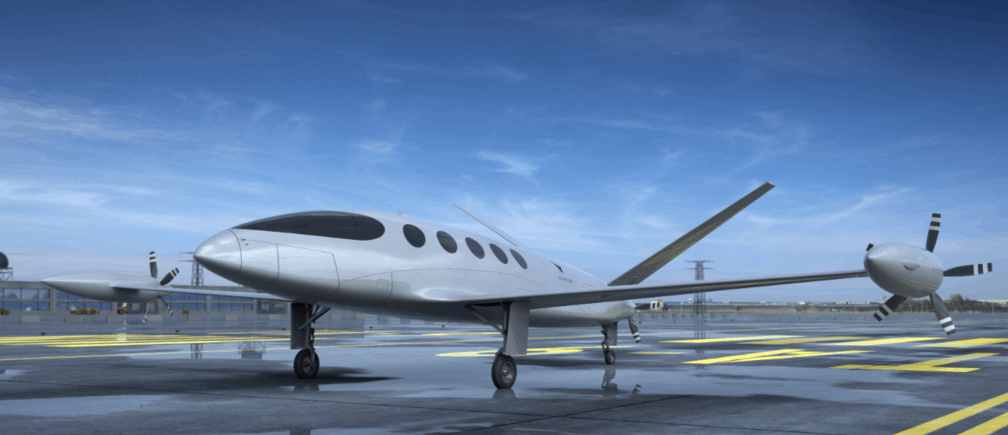
Aerospace engineers are committed to the development of planes in the future. The company easyJet is hoping to run electric planes on routes under 500km by the year 2030, while Norway aims to shift short-haul flights to electric by 2040.
However, one issue that needs to be solved before turning electric planes into reality is batteries. Long-haul flights would need rechargeable batteries, but these are too heavy.
Decreasing Weight
Jet fuel contains around 30 times more energy than the best battery on the market, so to power, a flight with the same amount of jet fuel through batteries will require many batteries on board.
Another thing is that while aircrafts shed some weight as they burn fuel, batteries do not. Unless these engineering issues are solved, flying long-haul flights with electric planes can seem out of reach.
What Can Travelers Do To Be Eco-Friendly?
Travelers can also do their part in reducing their carbon footprints – after all, both consumers and airlines are responsible for green aviation.

The first thing that passengers can do is to choose direct flights rather than connecting flights. Opting for connecting flights means one has to fly a greater distance, which results in more carbon emissions.
Choose economy flights rather than business flights because business class flights take up a lot more space and less seating capacity. If possible, choose vegan or vegetarian in-flight meal options, too.
Bring a plastic-free travel kit with items made of bamboo or other nature-friendly materials. Bring reusable water bottles, too!
More Steps
Remember to pack lightly – every kilogram counts! Heavier planes emit more carbon, so pack only what you need.
Once at your destination, take public transport to not increase your carbon footprint. You’ll also get to see more of the place you’re staying at, so it’s a win-win!
Make sure to patronize local produce and restaurants that locally source their ingredients. Through this, you can cut down on mileage and can make you be more carbon-friendly. This applies to beer, too – so grab a bottle of locally brewed beer without the guilt.
What Is Carbon Offsetting?
Carbon offsetting is a popular choice for travelers who would like to go the extra mile in becoming more eco-friendly.

You can initiate a sustainable lifestyle and commit to it, but if you want a more aggressive method, you can sign up for companies that calculate your carbon footprints and provide you with activities to offset these.
You can partake in tree-planting activities and other adventures to make up for the carbon you emitted into the environment.
License To Pollute?
However, be sure not to take carbon offsetting as a license to pollute the environment. Many environmentalists think that carbon off-setting is a con because some people abuse it.
Remember that you are not undoing your pollution. The most sustainable way is to not emit carbon at all from your activities, but through offsetting, you are making it up to Mother Earth by giving back.
What Are The Most Eco-Friendly Airlines?
Alaska Airlines constantly looks for innovative ways to reduce its environmental impact. Some of these efforts include going strawless, compositing grounds from in-flight coffee, and partnering with the Port of Seattle and Boeing for biofuel-powered aircraft.
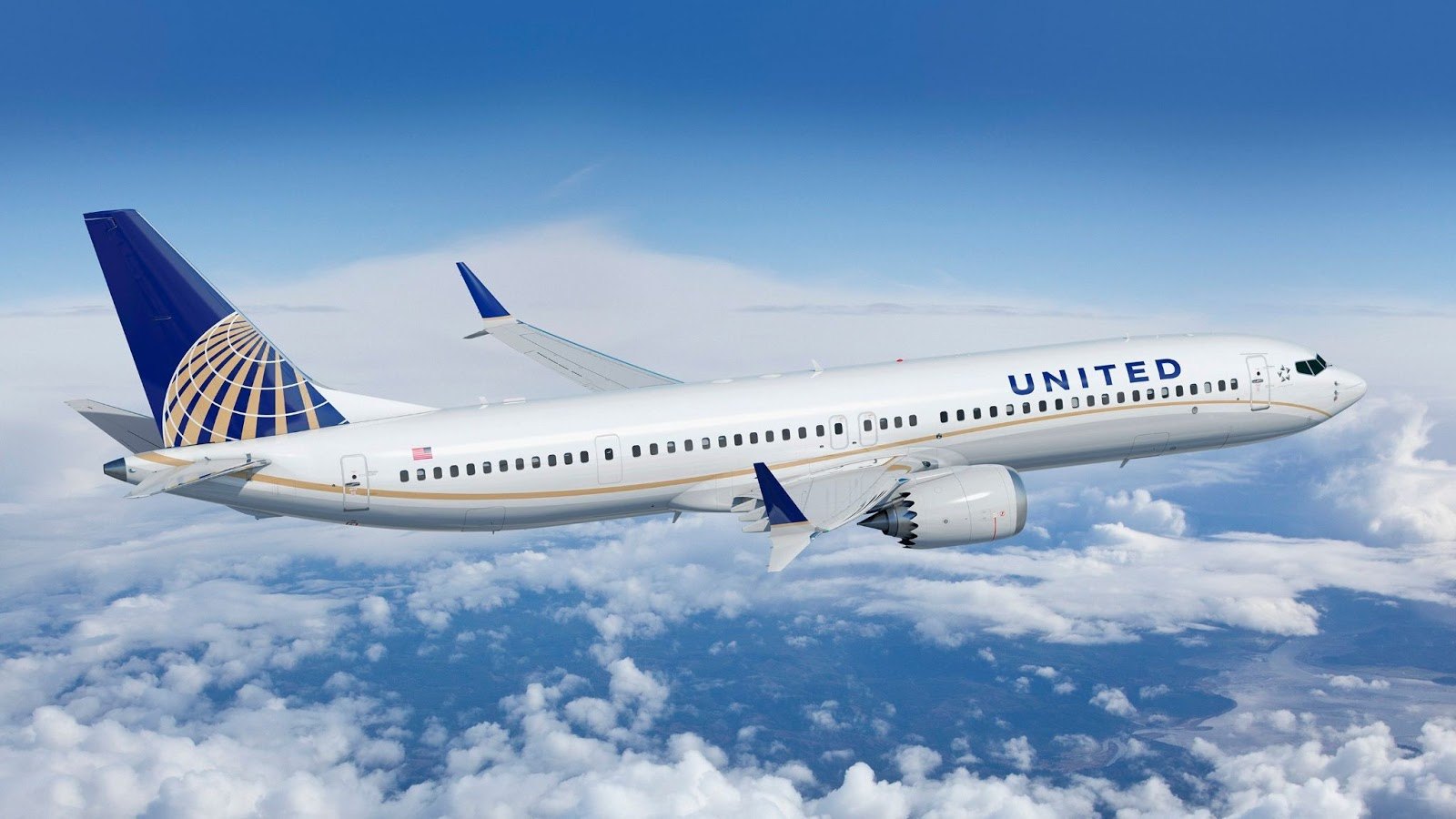
Delta Airlines also joined the list of eco-friendly airlines by removing single-use plastic items from their flights.
American Airlines is committed to upgrading its fleets to more efficient, paperless, and lighter aircraft. The company aims to reach net-zero carbon emissions by the year 2050.
Jetblue is moving away from powering ground-based equipment with diesel and petrol. The company also took steps to introduce an onboard recycling program and composting program with food waste at the JFK airport.
Guilt-Free Flying
United Airlines targets to reduce carbon emissions by half in 2050. It also launched the most eco-friendly flight of all time in 2019, which was powered by sustainable biofuel and eliminated cabin waste.
Cathay Pacific passengers were able to purchase carbon offsets for their journey. The airline also offered an online carbon offset calculator, which allowed passengers to calculate their carbon footprint.
Conclusion
While flying and emitting carbon cannot be eliminated, we can do our ways to reduce the damage to the environment through our collective and conscious efforts on sustainability.
Remember that a responsible traveler is a happy traveler! Do your part and be kind to the environment during your trips.
























